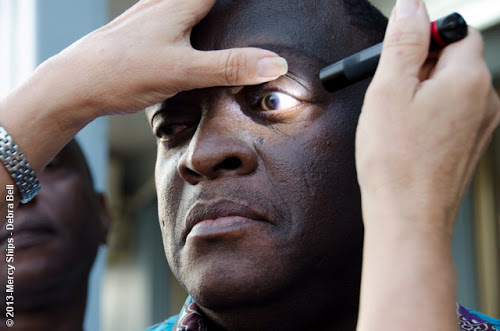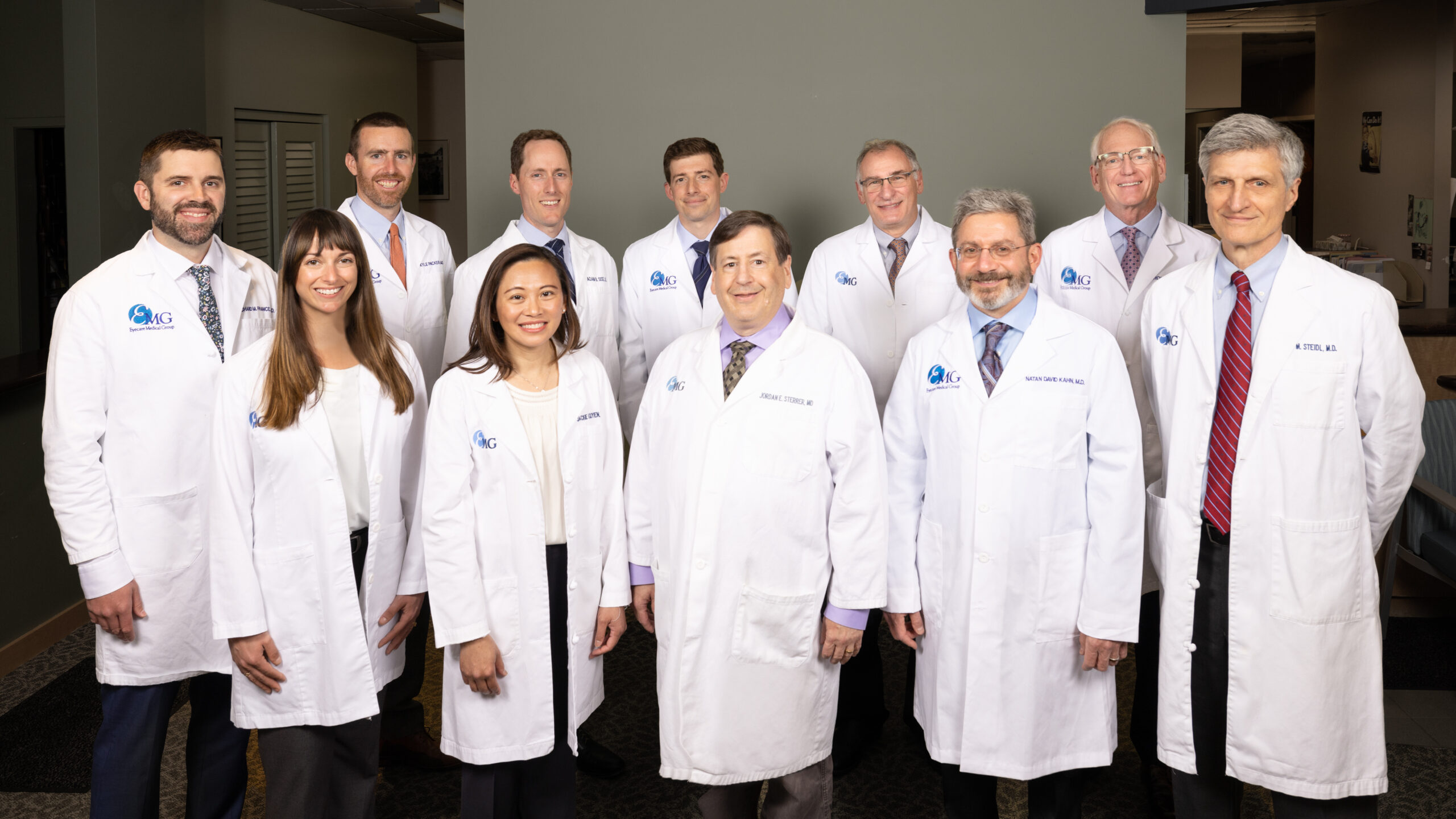Neurologist Andalusia: Specialist Neurological and Eye Treatment Solutions
Neurologist Andalusia: Specialist Neurological and Eye Treatment Solutions
Blog Article
Understanding the Various Vision Adjustment Procedures Available for Clearer Sight
In the realm of vision modification procedures, a plethora of options exist to resolve refractive errors and give individuals with more clear view. Allow's check out the ins and outs of these procedures and dropped light on the path to achieving improved vision clearness (Eye Center Andalusia).
LASIK Surgical Treatment
LASIK surgical procedure is a common refractive procedure utilized to fix vision issues such as nearsightedness, astigmatism, and farsightedness. This surgical method, which represents Laser-Assisted sitting Keratomileusis, aims to improve the cornea to enhance exactly how light is concentrated on the retina, inevitably improving vision clarity. Throughout the procedure, a slim flap is developed on the cornea, and a laser is used to eliminate accurate quantities of cells to reshape it suitably. This reshaping enables light to be accurately focused onto the retina, correcting refractive errors.
One of the key benefits of LASIK surgical procedure is the rapid renovation in vision experienced by clients. On the whole, LASIK surgical procedure is a popular selection for people looking for a long-lasting solution for their vision troubles.
PRK Treatment

PRK is a suitable option for people with thin corneas or those at a greater risk of eye injuries, as it does not involve creating a corneal flap. The recuperation procedure for PRK is slightly longer compared to LASIK, as the epithelium needs time to regenerate. People might experience discomfort and fuzzy vision for a couple of days complying with the procedure.
Regardless of the longer healing time, PRK can yield outstanding outcomes in vision improvement, making it an important option for those that may not appropriate prospects for LASIK surgical procedure. - Cardiologist Andalusia
Implantable Lenses
As opposed to PRK where the cornea is improved directly, implantable lenses use an additional technique for remedying vision by putting synthetic lenses inside the eye. This procedure is especially valuable for individuals with high levels of nearsightedness, astigmatism, or farsightedness that might not appropriate candidates for laser surgeries like LASIK or PRK.
Implantable lenses, additionally referred to as phakic intraocular lenses, work by supplementing the eye's all-natural lens with a fabricated one. These lenses can be positioned in front of the all-natural lens (anterior chamber) or behind the iris and before the all-natural lens (posterior Click Here chamber) By readjusting the power and positioning of these lenses, eye doctors can effectively correct refractive errors and enhance aesthetic acuity.
One advantage of implantable lenses is that they are detachable and exchangeable, providing flexibility for future adjustments. As with any kind of surgical procedure, there are dangers included, such as infection or cataract formation. Individuals taking into consideration implantable lenses must speak with an eye treatment professional to determine one of the most suitable choice based on their individual needs and eye health and wellness.
Corneal Rings

The procedure for placing corneal rings is minimally intrusive and reasonably quick, commonly done as an outpatient treatment. Throughout the surgery, the ophthalmologist makes a tiny cut in the cornea and inserts the rings at a specific deepness. When in location, the rings aid to reshape the cornea, providing a smoother surface area for light to get in the eye, which can lead to clearer vision.
Corneal rings are taken into consideration a reversible procedure, as they can be gotten rid of or replaced if required. While they might not entirely remove the need for glasses or get in touch with lenses, corneal rings can substantially improve vision high quality and overall aesthetic convenience for people with keratoconus or various other corneal irregularities.
Refractive Lens Exchange
Adhering to the improvement of corneal abnormalities with treatments like corneal rings, an additional vision modification technique that can attend to refractive errors is Refractive Lens Exchange (RLE) RLE is a surgical treatment that involves replacing the eye's natural web link lens with a fabricated intraocular lens (IOL) to remedy refractive errors such as farsightedness, presbyopia, and nearsightedness. This treatment is especially beneficial for people that might not be suitable prospects for procedures like LASIK or PRK due to variables such as thin corneas or high refractive mistakes.
RLE belongs to cataract surgical treatment, as both entail eliminating the eye's all-natural lens; nevertheless, in RLE, the lens is clear, not cloudy as in cataracts. The fabricated lens implanted throughout RLE can be personalized to click here for more address the person's particular refractive mistake, offering clear vision at numerous distances. Recuperation time for RLE is fairly fast, and clients can anticipate improved vision not long after the procedure. Just like any kind of surgical treatment, prospective risks and problems exist, so a comprehensive appointment with an eye care expert is important to determine if RLE is the ideal vision improvement option.
Final Thought

In the world of vision modification procedures, a plethora of choices exist to address refractive mistakes and supply individuals with more clear sight.LASIK surgical procedure is an usual refractive procedure made use of to remedy vision problems such as nearsightedness, farsightedness, and astigmatism.While additionally a common refractive treatment, the PRK (Photorefractive Keratectomy) technique varies from LASIK surgical treatment in its strategy to remedying vision problems.Adhering to the modification of corneal irregularities with procedures like corneal rings, another vision correction technique that can address refractive mistakes is Refractive Lens Exchange (RLE) LASIK surgery, PRK procedure, implantable lenses, corneal rings, and refractive lens exchange are all alternatives that can deal with various vision issues.
Report this page